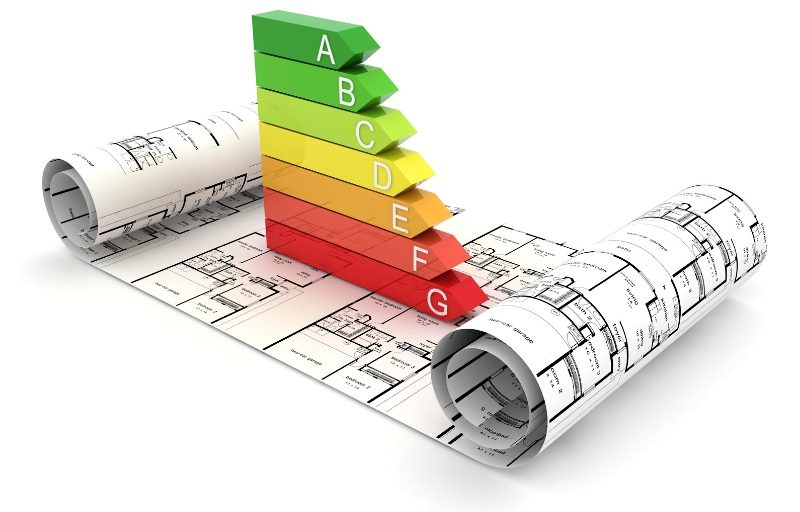New energy labelling rules, effective from March 2023, set stricter criteria and classes for energy efficiency in buildings in the European Union. The changes have a significant impact on light sources, the sale of which with the new energy labels became compulsory from March 2023. The aim of the measure is to reduce the heating and operational requirements of buildings and to achieve a minimum energy class E for buildings with lower classes (F, G) by 2030. The energy label indicates the energy performance of a building on a scale from A (extremely efficient) to G (uneconomic).
New rules for energy labels from March 2023
The new rules and criteria for energy labels and the classification of buildings into different energy classes came into force in March 2023. The new energy labels became the basis for light sources that started to be sold in September 2021. A relatively long 18-month transition period was included in the regulation, which gave retailers the possibility to re-sell their original stock even with the old energy label. This transition period ended on 28 February and from 1 March 2023 only lamps with a new energy label or lamps with the old label relabelled with a new one of the same size can be sold.
The change is not just cosmetic
The regulation also means that new information sheets had to be provided and all light sources had to have an entry in the European product database EPREL. Online sellers are still obliged to indicate the new energy class close to the price and in similarly large print. The new rules therefore stipulate that from 1 March 2023, all retailers are obliged to exclusively display the new energy label for light sources, including products that have been sold off as old stock. This change is not just cosmetic and has a major impact on energy efficiency in Europe.
The new European Parliament Directive
Under a new directive from the European Parliament, buildings in European Union member states would have to comply with stricter energy requirements, including apartment buildings, workplaces, schools and other public buildings. Most energy is consumed in buildings in the EU, which are also one of the most significant emitters. European Parliament representatives have amended the Energy Efficiency Directive, which also applies to buildings, to set a binding target for reducing the energy used in the construction, renovation and operation of buildings. Energy consumption should be reduced by 11.7% by 2030. The aim of these measures is to reduce the demands on buildings, particularly for heating and operation.
Energy labels and energy performance of buildings
The energy performance of buildings is indicated by energy labels (PENB) with a scale from A to G, similar to that of domestic appliances. “An ‘A’ indicates an extremely energy efficient building that consumes no more than 50 kWh of energy per m2 per year. Conversely, the last energy performance class ‘G’ means that the building is extremely wasteful and consumes more than 286 kWh per m2 per year. According to the European Parliament’s proposal, buildings with lower energy classes (F, G) should reach at least energy performance class E by 2030, which is described as wasteful and represents an annual energy consumption of 246 kWh per m2.
The importance of the energy label
The energy label of a building is important for several reasons. The first is that it allows you to classify the energy efficiency of your building, which is a key factor for potential buyers or tenants. If you are selling or renting a property with the best energy rating, you can price accordingly, which can increase your profits. Conversely, if you don’t have an energy label, you need to list the lowest G-rated property, which can put off potential buyers. Another reason why an energy label is important is that it must be presented when you sign the purchase contract.
M2C services for sustainable energy and lower costs
M2C offers services aimed at reducing energy-related costs and minimising carbon footprint. If you are planning a refurbishment of your existing energy facilities and need advice, M2C offers a tailored solution proposal, including individual products or a suite of energy-related services. With our help, you can contribute to a healthier climate and a sustainable future. If you are interested, please contact us and we will be happy to advise you on everything you need.



